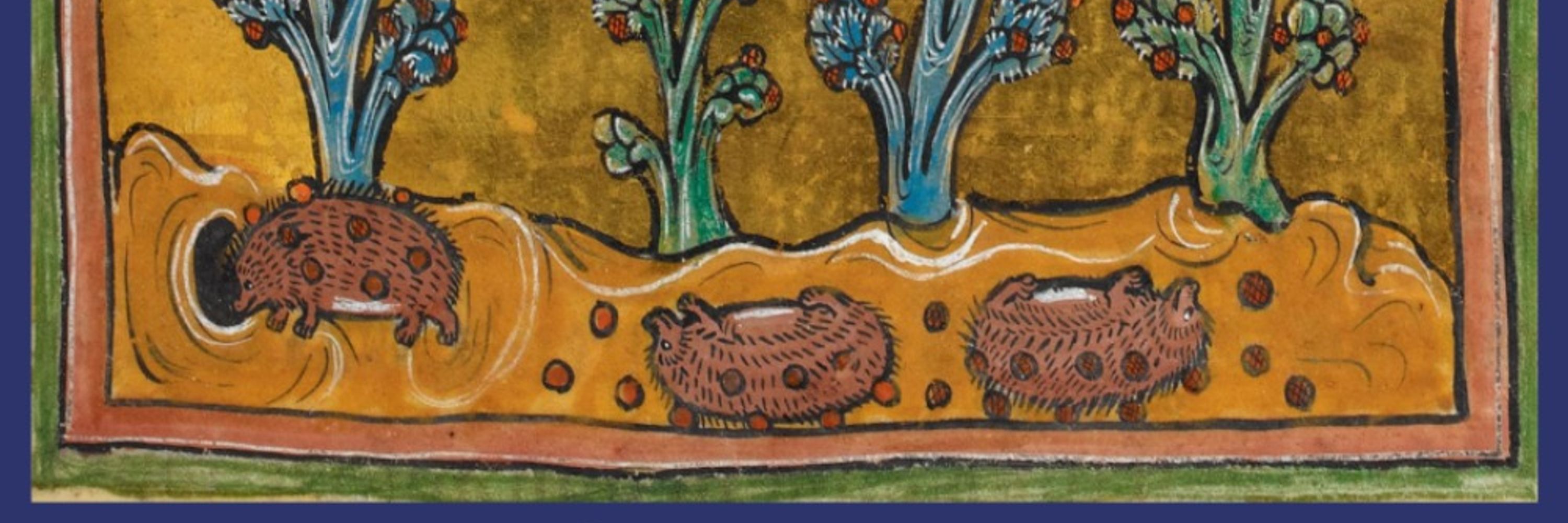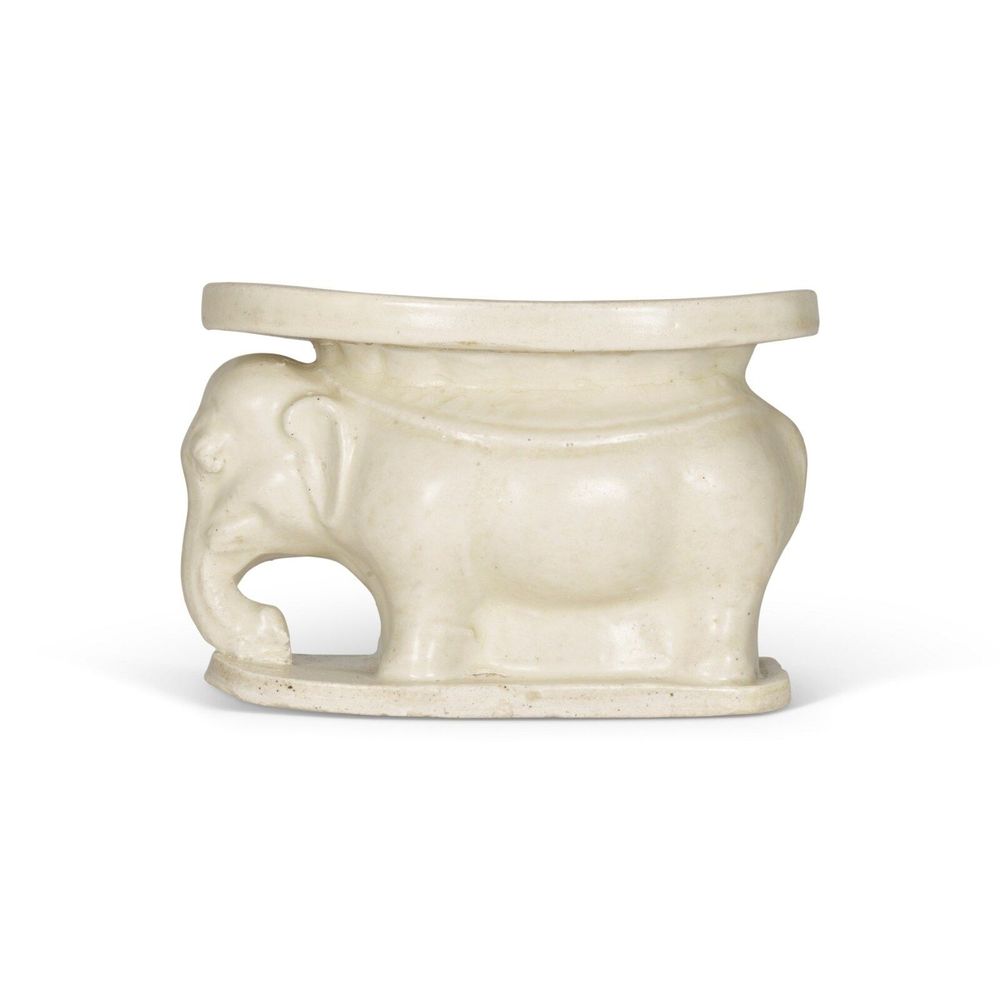
https://linktr.ee/arthistoryanimalia


Between the 1st century BC and the 1st century AD, grasshoppers seem to have been pretty fashionable amongst the subjects carved on #intaglios.



Between the 1st century BC and the 1st century AD, grasshoppers seem to have been pretty fashionable amongst the subjects carved on #intaglios.



Bryony Rose Jennings: Storyland Stitching
“The textile menagerie of Bryony Rose Jennings is filled with a variety of ‘beasties’, whose charms are irresistible.”
www.textileartist.org/bryony-rose-...

Bryony Rose Jennings: Storyland Stitching
“The textile menagerie of Bryony Rose Jennings is filled with a variety of ‘beasties’, whose charms are irresistible.”
www.textileartist.org/bryony-rose-...
Divine #Turtle of Longevity (Minogame)
Japan, 19th c.
Copper alloy
On display at The Walters Art Museum (54.1355)
#JapaneseArt #AuspiciousAnimals

Divine #Turtle of Longevity (Minogame)
Japan, 19th c.
Copper alloy
On display at The Walters Art Museum (54.1355)
#JapaneseArt #AuspiciousAnimals
Sibylle Peretti (German, active New Orleans, b. 1964)
Diluvial Land, 2025
Kiln-formed glass, engraved, silvered, painted, paper appliqué
On display at New Orleans Museum of Art (2024.59)
#BirdsInArt #ContemporaryArt #WomenArtists




Sibylle Peretti (German, active New Orleans, b. 1964)
Diluvial Land, 2025
Kiln-formed glass, engraved, silvered, painted, paper appliqué
On display at New Orleans Museum of Art (2024.59)
#BirdsInArt #ContemporaryArt #WomenArtists
Drowning #Elk, 2020
Oil on canvas
On display at Zimmerli Art Museum, Rutgers University “Indigenous Identities: Here, Now & Always” exhibition
#IndigenousArt #NativeAmericanArt #ContemporaryArt


Drowning #Elk, 2020
Oil on canvas
On display at Zimmerli Art Museum, Rutgers University “Indigenous Identities: Here, Now & Always” exhibition
#IndigenousArt #NativeAmericanArt #ContemporaryArt
China, Ming dynasty, Yongle mark & period (1403-24)
Carved red lacquer
On display at Metropolitan Museum of Art (2015.500.1.29)
#ChineseArt #BirdsInArt #Peacock

China, Ming dynasty, Yongle mark & period (1403-24)
Carved red lacquer
On display at Metropolitan Museum of Art (2015.500.1.29)
#ChineseArt #BirdsInArt #Peacock
Osuitok Ipeelee (Inuit, 1923 – 2005)
Untitled ( #Walruses ), c. 1977
Steatite, caribou antler; 29.2 x 37.2 x 21.9 cm
Musée des beaux-arts de Montréal inv. 2014.234.1-4 www.mbam.qc.ca/en/works/667...
#IndigenousArt #FirstNationsArt

Egevadluq Ragee (Inuit, 1920-1983)
#Walruses at Play, 1964
Stonecut print, 45/50, 21 x 28.5 in
www.mutualart.com/Artwork/WALR...
#IndigenousArt #NativeAmericanArt #FirstNationsArt

Cambridge University Library Kk.4.25 (Didactic miscellany, containing a #bestiary and other texts), f. 89r
cudl.lib.cam.ac.uk/view/MS-KK-0...

Pauojoungie Saggiak (Inuit; Iqaluit, NU, b.1959)
Adorned #Walruses
Cape Dorset, 2022
Etching & Aquatint on Arches White paper 61 x 74 cm (24 x 29 in.)
www.dorsetfinearts.com/2022-cape-do...
#InuitArt #FirstNationsArt #IndigenousArt #ContemporaryArt #WomenArtists

#Walrus, Plate 12 in British Mammals
Vol. 1 by Archibald Thorburn (1860-1935), London, 1920.
Via BHL: www.flickr.com/photos/biodi...
🚨The Walrus (Odobenus rosmarus) is a threatened species, currently listed as Vulnerable on the IUCN Red List: www.iucnredlist.org/species/1510...

Untitled ( #Walrus ), 1952
Steatite, ivory, 9.4x18.7x19.7cm
Montreal Museum of Fine Arts 1953.Aa.1 www.mbam.qc.ca/en/works/4830/
#IndigenousArt #FirstNationsArt #CanadianArt

Paul Jouve (France, 1878-1973)
Harfang des neiges (Snowy #Owl), 1911
Original lithograph on paper (artist’s proof), 56 x 45 cm
www.pauljouve.com/oeuvres/lith...
#BirdsInArt

Paul Jouve (France, 1878-1973)
Harfang des neiges (Snowy #Owl), 1911
Original lithograph on paper (artist’s proof), 56 x 45 cm
www.pauljouve.com/oeuvres/lith...
#BirdsInArt
www.thisiscolossal.com/2025/11/kate...



www.thisiscolossal.com/2025/11/kate...
Size: H. 11.6 × W. 9.7 × D. 5 cm
🏛️ Met
🏺 #archaeology 🗃️ #arthistory #art

Size: H. 11.6 × W. 9.7 × D. 5 cm
🏛️ Met
🏺 #archaeology 🗃️ #arthistory #art
www.alaintruong.com/2025/11/chin...

www.alaintruong.com/2025/11/chin...
I saw this at the Joseph F. Cullman 3rd Library of Natural History, Smithsonian Libraries and Archives in Washington DC.
#sciart #naturalhistory




I saw this at the Joseph F. Cullman 3rd Library of Natural History, Smithsonian Libraries and Archives in Washington DC.
#sciart #naturalhistory
I saw this at Harvard’s Houghton Library.
#naturalhistory #insectart #HoughtonLibrary #insects #rarebooks #sciart

I saw this at Harvard’s Houghton Library.
#naturalhistory #insectart #HoughtonLibrary #insects #rarebooks #sciart




